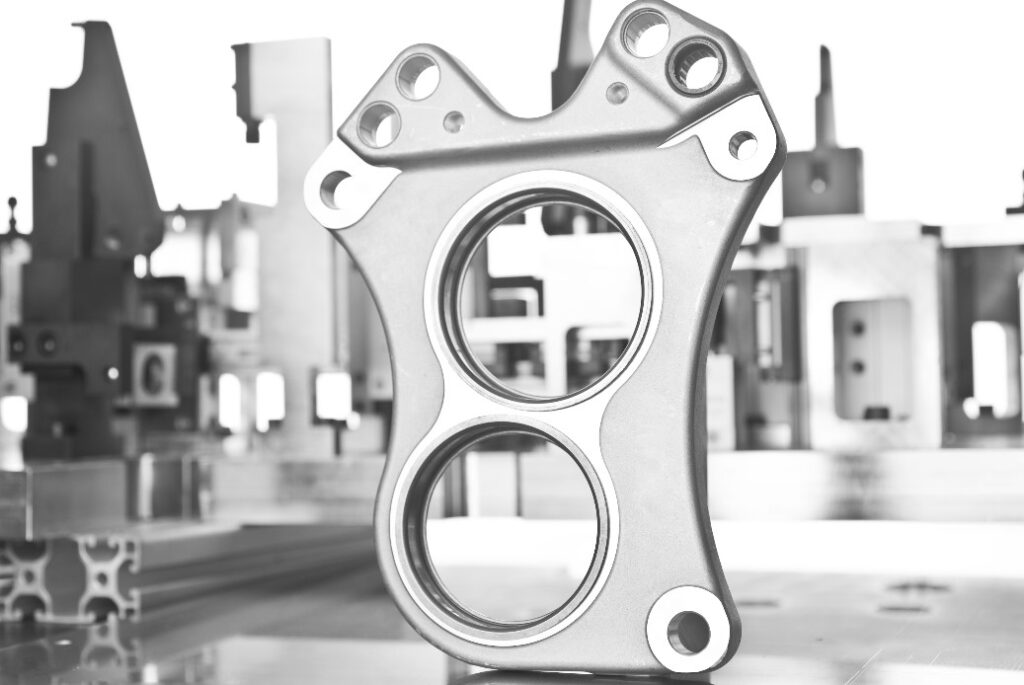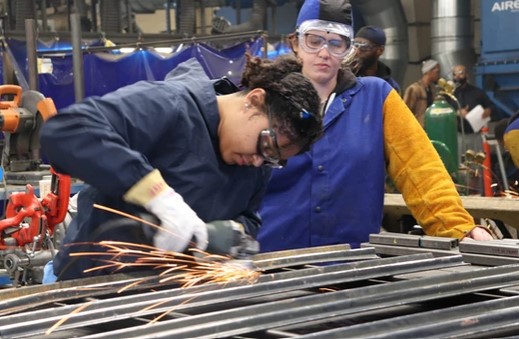Metal casting and the machining of them has been around for ages. While the processes have obviously been refined with time, there are still nuances and factors that make it challenging. TQ Manufacturing has been machining castings at a high level for nearly three decades. It is a core competency of our team and operation to provide high quality machining of castings for customers in a variety of materials from aluminum to brass to steel and iron.
But it is not easy and many challenges have been overcome with lessons learned throughout the years and applications fine tuned to provide this high level of machining service for our casting customers. Here we highlight a few of the challenges and nuances of machining castings.
- Holding castings for machining is probably one of the first hurdles to navigate.
Machining a block with smooth, flat datums or a round diameter in a lathe could be labeled “easy”. By their nature, castings are often complex shapes of “cast” metal in near net form, and therefore can be difficult to hold in subsequent operations. Their odd shapes and sometimes size also make access tough for milling or drilling, and turning speeds slower on lathes. These challenges with a wide variation of casting sizes and geometry often require creative work holding approaches and processing methods. Being able to locate datum surfaces and key features from often rough casting drawings that at times don’t take into account machining processes takes some skill and experience. Additionally, casting tolerances can be wide open and vary widely. Add to this, the speeds and feeds required to mesh with the work holding, and one can quickly find that developing a process and machining castings takes some unique combinations of skill and creativity to do effectively.
- Another challenge with castings is variation in the material itself from the process.
There are numerous defects that can occur with castings during the casting process and the intent here is not to be a casting process dissemination. Some internal “defects” in particular are more impactful during machining later, one of which is porosity such as pinholes, subsurface blowholes or open holes. There is not much that can be done during machining to prevent the impact and potential fallout of severe porosity but being able to recognize it and diagnose it for disposition is critical during machining as well as post op inspections.
- The general condition of the castings presents other challenges.
Casting is a rough and tumble process often producing parts in rough condition that can vary widely part to part. Other defects including shrinkage, dimensional variation due to shifting or warping, cuts and washes, run out, swells, flash, and metal penetration (liquid metal penetrates gaps in mold sand), are common hurdles encountered in machining that can cause some challenges. A proper diagnosis and the experience to deal with the issues at hand can be the difference between a successful casting machining operation or a pile of parts in MRB. Being flexible during a lot run is critical as well, as variation part to part in shape and dimensionally can be a common occurrence.
Another defect during the casting process that can cause challenges later during machining are hard (“hot”) spots. This is where certain surface areas of the parts, which cooled more quickly and at different rates, can become much harder than other areas of the casting, almost forming a “case” in some spots. This can cause some real challenges during machining and be a nightmare for tooling. A similar phenomenon can occur within the casting in the form of inclusions, where are essentially solid particles trapped within the casting. These hard particles can cause some issues with tool wear and even catastrophic tool failure during machining. Being able to diagnose during machining and adapt accordingly with the machining process is key to successful outcomes.
Metal casting has been around for centuries and while the process has improved substantially to aid downstream machining and finishing, there are still challenges to machining castings successfully. It takes a combination of knowledge, experience, skill, equipment, and at times, patience, to become good at machining them. TQ has nearly 30 years of experience machining a wide variety of castings from sand to die to investment in various materials ranging from aluminum to brass to steel and iron. We partner with our casting customers and their end users to provide best in class machining services. Reach out today to see how we can help you.



